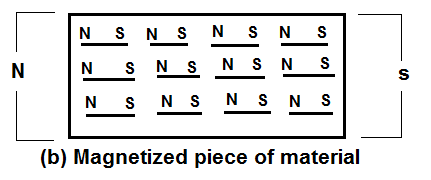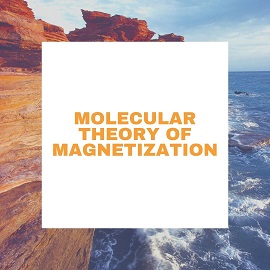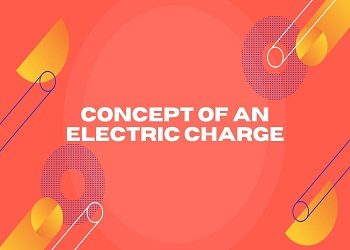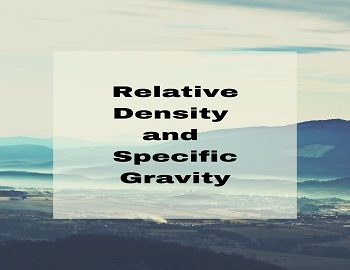Molecular Theory of Magnetization:
Not only magnetized but materials like iron, steel are also complete magnets according to molecular theory. All materials consist of small magnets internally called molecular magnets. In unmagnetized materials, such magnets arrange themselves in closed loops as shown in the figure (a).

So at any joint, effective strength at a point is zero, due to the presence of two unlike poles. Such poles cancel each other’s effect. But if magnetized material is considered or unmagnetized material subjected to magnetizing force is considered, then such small molecular magnets arrange themselves in the direction of magnetizing force, as shown in the figure (b).

Unlike poles of these small magnets in the middle are touching each other and hence neuralizing the effect.
But on one end ‘N’ poles of such magnets exist without neutralizing effect. Similarly on other end ‘S’ poles of such magnets exist. Thus one end behaves as ‘N’ pole while other as ‘S’ pole. So most of the iron particles get attracted towards end and not in the middle.
From this theory, we can note down the following points-
(I) When magnetizing force is applied, immediately it is not possible to have an alignment of all such small magnets, exactly horizontal as shown in the figure (b). There is always some limiting magnetizing force that exists for which all such magnets align exactly in a horizontal position.
| Key Point- Though magnetizing force is increased beyond this there is no chance for further alignment so further magnetization is not possible. Such a condition or phenomenon is called Saturation. |
(II) If the magnet is broken at any point, each piece behaves like an independent magnet with two poles to each, ‘N’ and ‘S’.
(III) The piece of soft iron gets magnetized more rapidly than hard steel. This is because the alignment of molecular magnets in soft iron takes place quickly for less magnetizing force than in hard steel.
(IV) If an unmagnetized piece is subjected to alternating magnetizing force i.e. changing magnetizing force, then heat is produced. This is because molecular magnets try to change themselves as per change in magnetizing force. So due to molecular friction heat is generated.
(V) If a magnet is heated and allowed to cool, it demagnetizes. This is because heat sets molecular magnets into motion so that the molecules again form a closed loop. neutralizing the magnetism.
(VI) Retentivity- When a soft iron piece is magnetized by external magnetizing force due to magnetic induction, it looses its magnetism immediately if such force is removed. As against this hard steel continues to show magnetism though such force is removed. It retains magnetism for some time.
| Key Point- The power of retaining magnetism after the magnetizing force is removed is called Retentivity. The time for which material retains such magnetism in absence of magnetizing force depends on its retentivity. |









Comments (No)